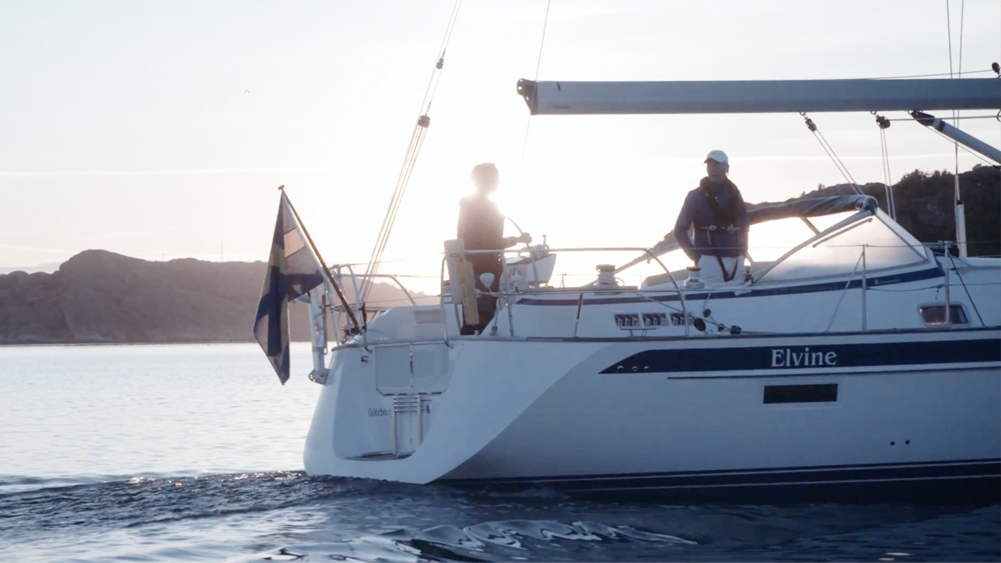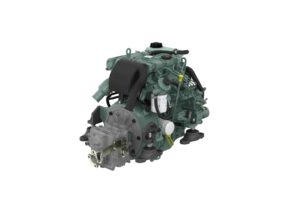
Saildrive vs conventional marine gearbox?
Overview


We hear a lot of questions whether to prefer saildrive or conventional marine gearbox powering your sailing yacht? Unfortunately, as with many things in life, there’s no definite answer to this, but we try to approach this case-by-case and find the best solution.
Saildrive and a normal marine gearbox are both essential components in boats, but they serve different functions and have distinct applications. Here are the key differences between saildrive systems and conventional marine gearboxes:
**1. Location and Integration:
- Saildrive: Saildrives are integrated propulsion systems that combine an inboard engine with a steerable outdrive leg. The engine is installed inside the boat’s hull, and the saildrive leg extends through the hull and is directly connected to the engine. The saildrive unit incorporates both the engine’s transmission and the propeller, offering a compact and streamlined propulsion solution. Saildrives are commonly found in sailing yachts and smaller powerboats.
- Normal Marine Gearbox: A traditional marine gearbox, also known as a marine transmission, is a separate component from the engine. It is typically mounted between the engine and the propeller shaft. The marine gearbox is responsible for controlling the direction (forward, neutral, or reverse) and speed of the boat by adjusting the power transmitted from the engine to the propeller. Marine gearboxes are used in a wide range of vessels, including sailboats, powerboats, commercial ships, and larger yachts.
**2. Installation and Maintenance:
- Saildrive: Saildrive systems are relatively easier to install and require less space compared to separate engine and gearbox configurations. They are designed to be more streamlined, which can reduce drag and improve sailing performance. However, saildrive maintenance can be more complex, as the entire system, including the engine, transmission, and propeller, is enclosed in a single unit. Saildrive seals and anodes need regular inspection and replacement to prevent corrosion and water ingress.
- Normal Marine Gearbox: Marine gearboxes are installed separately from the engine and can be adapted to fit a wide variety of engine sizes and configurations. They are generally easier to access for maintenance and repairs. Marine gearboxes require regular fluid changes and inspection of internal components to ensure smooth operation and prevent wear and tear.
**3. Versatility and Application:
- Saildrive: Saildrives are commonly used in sailboats due to their streamlined design and improved sailing performance. They provide efficient propulsion without the need for a protruding shaft and external propeller. Saildrives are popular choices for sailing enthusiasts and racing sailors looking for minimal drag and enhanced hydrodynamics.
- Normal Marine Gearbox: Marine gearboxes are versatile and can be used in various types of boats, including sailboats, powerboats, commercial vessels, and large yachts. They are suitable for a wide range of engine sizes and applications, offering flexibility in boat design and engine placement.
In summary, saildrive systems offer a compact and integrated propulsion solution primarily suited for sailboats, providing efficient and streamlined propulsion. Normal marine gearboxes, on the other hand, are separate components that offer versatility and are widely used in different types of boats, allowing for customization and adaptation to specific engine and vessel requirements. The choice between saildrive and a normal marine gearbox depends on the boat’s design, intended use, and the preferences of the boat owner or designer.



